
Tony Roslund is a third-generation photographer who grew up in the family’s studios and labs of Northern Virginia. Today, Tony and his team operate a 4000sf studio in Spokane, WA and work regularly on-location or with rental studios in Seattle. With his wide social media reach and workshop experience, he’s a photographer who isn’t afraid to open up and talk about himself and his business. We’re glad we were able to talk to him recently and share his knowledge below:
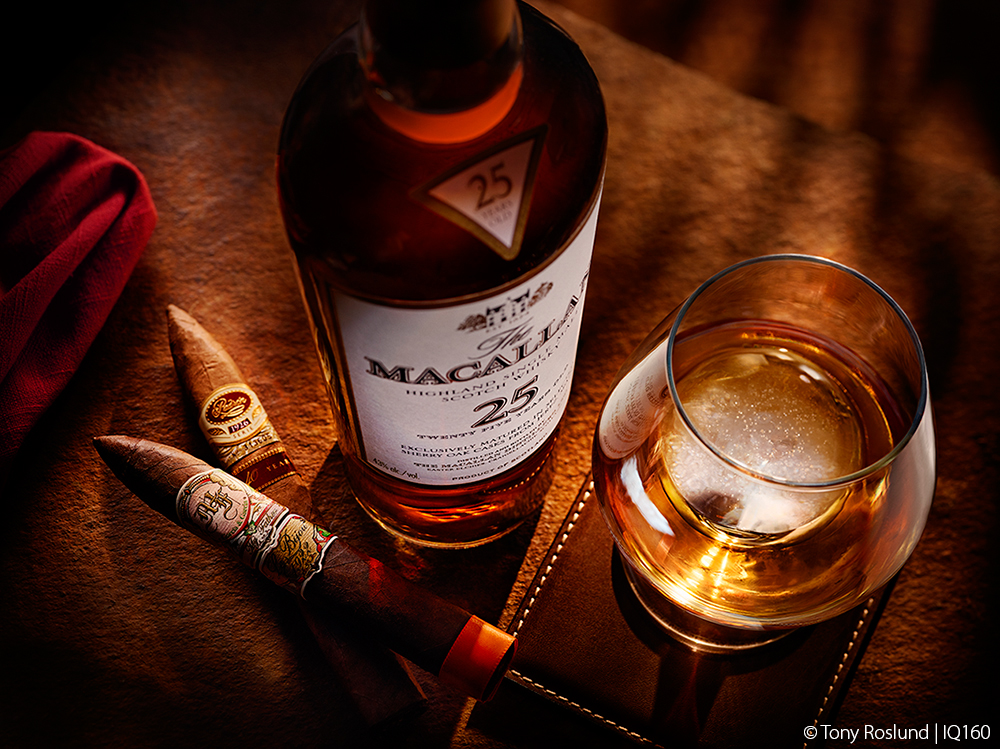
© Tony Roslund | IQ160
What got you into photography initially? And how did you make the jump to a medium format setup?
I’m a third-generation photographer, I grew up in the studio (literally) and around medium format cameras. Unfortunately, MF digital was something that was out of reach financially for me, until I saw some refurbished deals on Phase One IQ140 kits through Capture Integration that fit my budget. It was a bit of a gamble as to whether or not the increased expense would translate into increased revenue. So far the gamble has paid off. The images it produces are better, and clients see that. Even if it’s not apparent why my images look better, they still see a difference and they like it. Cha-Ching!
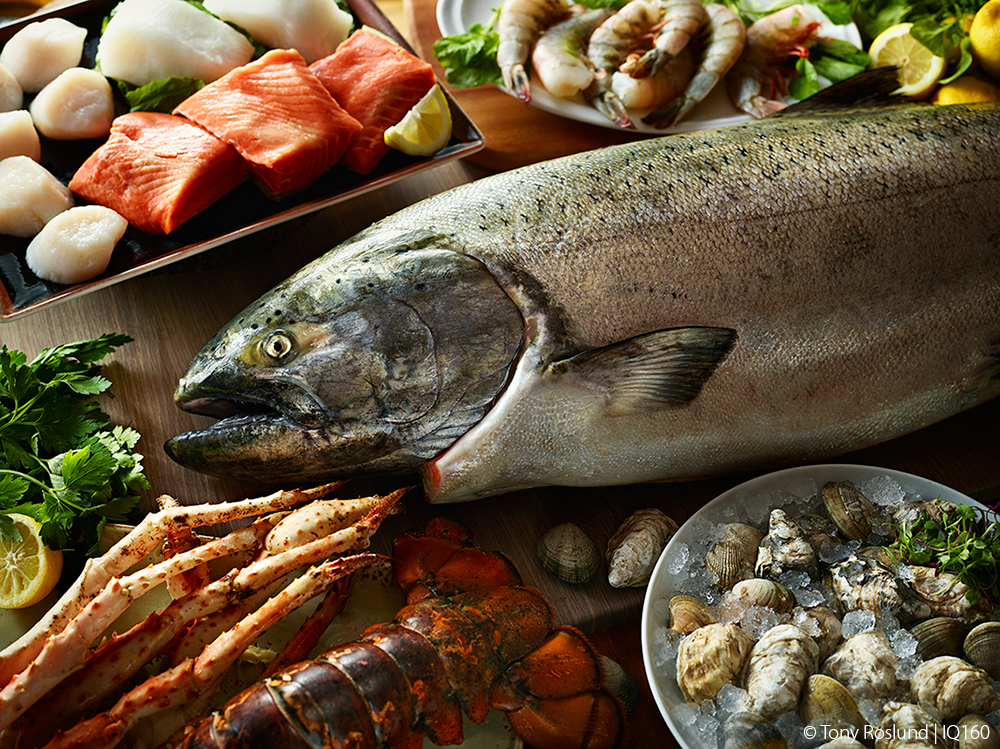
© Tony Roslund | IQ160
You’ve been active on sites like F-stoppers, RGGEDU, and places like Resource Magazine for quite some time. Going beyond the usual “how did you get to here and what three carbon copy pieces of advice do you have for photographers,” you provide in-depth information on things like RAID arrays, specific bid situations, compositing, and more. What got you into not only contributing in more of a community sense, but to such a large and in-depth degree?
I just kind of fell into it. I was introduced to Pat & Lee at Fstoppers while co-instructing with Rob Grimm (of RGG EDU) at the 2014 Fstoppers Workshops in the Bahamas. The guys thought I’d be a good fit as a writer for the site, so it began. I wanted to do something different from the typical product reviews and news announcements, instead focusing on more obscure topics in technique and business practices, the stuff that is harder to find on the internet. Stuff I wish I’d had been able to watch/read when starting out, from someone who was actively working in the industry. People seem to dig it and I get LOTS of emails from people who seem genuinely appreciative of the content. From there I met other media people and have been invited to podcast, write, and post for various sources (like Resource Mag). I did a tutorial with RGG EDU last year on Product Photography that is the only one like it available. We really broke the mold on tutorials with this one and showed EVERYTHING, no secrets held back. Viewers get to see my entire thought process from concept to completion (even a few that don’t work out so well). I think this open sharing of information is what people appreciate most about my free content as well. It’s not a level of information many people are willing to share.
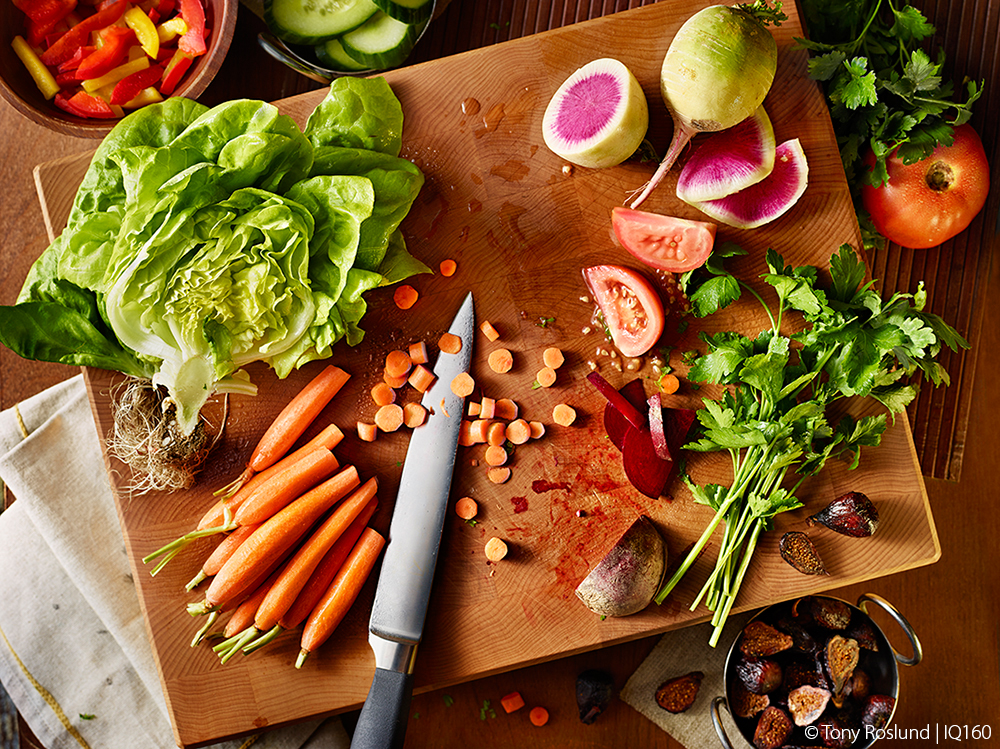
© Tony Roslund | IQ160
Why Capture Integration? What made you choose us?
To be honest, I contacted CI and one of your competitors. But after a conversation with each about what was to be one of the biggest gear purchases of my professional career, Steve Hendrix at Capture Integration was uber helpful and spent a ridiculous amount of time going over all the options, features, differences, and details of the stuff within my budget over several conversations . . . and he didn’t even know if I was actually going to buy anything yet. Never seemed like he was being kept from something more important, he always followed up with informational emails about questions he couldn’t answer during the phone call. I’m all about customer service and Steve is the epitome. Plus CI was the only dealer I spoke with that carried all the leading brands, so I didn’t feel I was being steered in one direction b/c that’s what the dealer happened to carry. As a result, CI has a client for life. [Thanks Steve!]
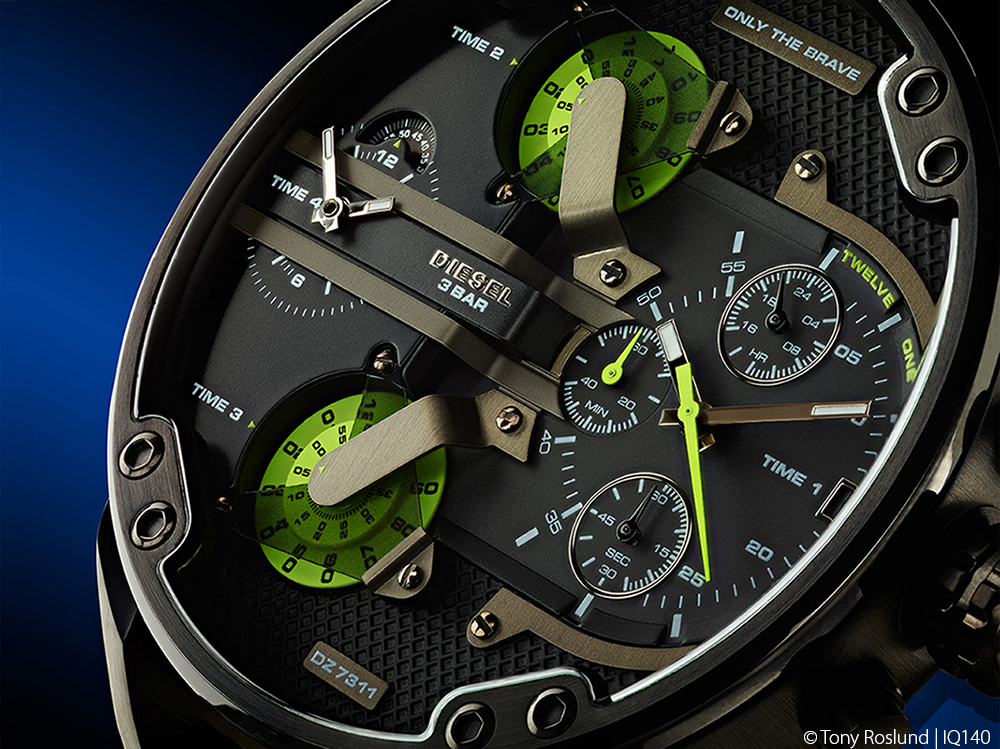
© Tony Roslund | IQ140
You make tutorial links available on your website itself; many workshop photographers in the workshop or education sphere tend to separate out the teaching from their commercial work, so can you tell us why you chose your approach?
At this point it’s part of the brand. I figure if someone stumbles across one of my videos somewhere online, the first thing they’re going to do is “google” me. Why not make additional content easy for them to find? Plus it reinforces my knowledge and skills to potential clients. While most of the people who read/watch my educational content are other photographers, it still creates a buzz around the brand. The more buzz about a person, the more they become a person clients want to work with . . . or so it’s been in my experience.
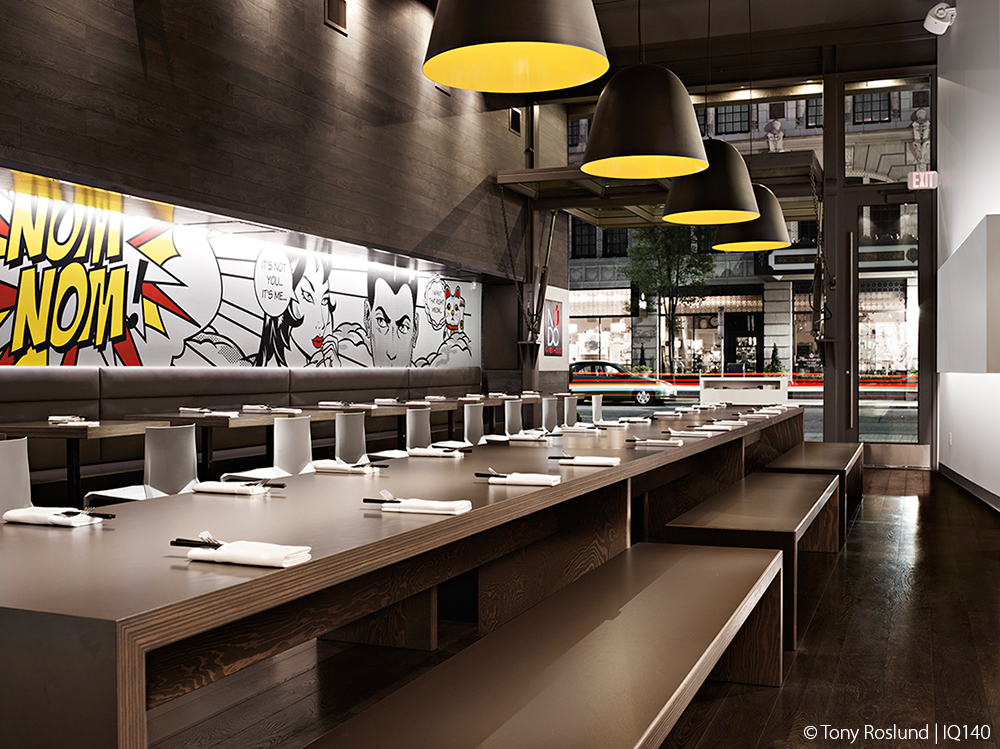
© Tony Roslund | IQ140
With a wide and varied subject matter selection available in your portfolio, what drew you to the subjects that you do shoot? Food and architecture don’t seem to hold much of a connection on first glance, so why do you do both? Depending on who you ask, the generalist approach is either a terrible idea or the way of the future; can you share what your opinion on the matter is?
Funny you should see me as a generalist, I consider myself pretty specific in the genres I shoot. Product, Food, & Architecture. That’s it! If you really think about it, architecture is just a giant product. Same rules and principles apply. Show texture and shape. If two sides of a product come together, there needs to be contrast to reinforce that intersection. Same thing with architecture! I just kind of fell into food, and apply the same techniques I use for product. Most food is shot on a table top which is my comfort zone. The goal is still to bring out texture and shape using composition and lighting. Plus all three of these subjects are somewhat static versus stuff that involves people who can be much more dynamic. I work very methodically, everything is done with intention. Every lighting, composition, and camera setting is performed after studying the subject and/or previous frame. I’d be a horrible photojournalist b/c they work from emotion, very dynamically. Same with wedding photographers, baby photographers, etc. That’s not me. I can’t do it, I know that. So I stay away from it.
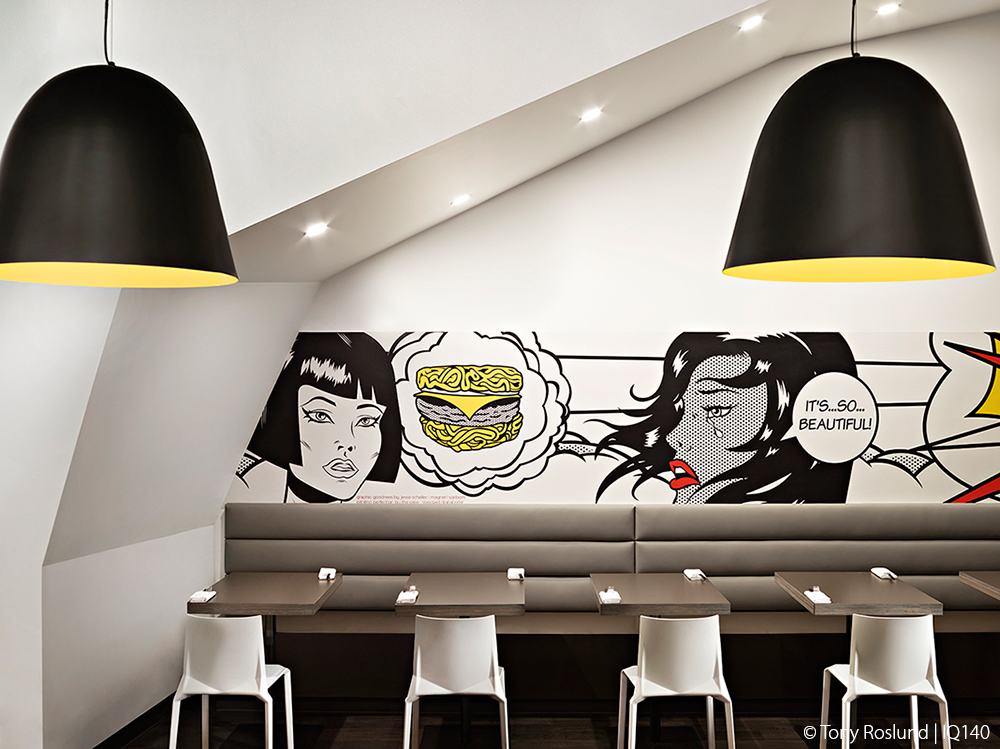
© Tony Roslund | IQ140
I see that you have Motion on your website; do you find yourself with an increasing amount of video shoots, or has it always been a core component of your business?
Video is new for us. I just added it to the brand this year (2015). I’ve been avoiding it since the Canon 5D Mark II came out with it’s fusion of stills and video in a single DSLR. But I always knew it was going to catch up to me. It’s silly, but the main reason I was avoiding it was because I feared having to learn one more software application (for editing). I try hard to keep up with Photoshop and Capture One Pro, adding another evolving application into my brain seemed like a guaranteed seizure. In the end, I got tired of seeing too many terrible video productions (many of which included my still images) knowing I could do better, so I hired someone to help me make the transition, starting with basic one camera videos like the one’s I have on Fstoppers and YouTube, and evolving into the full-blown productions we offer now. There’s a bit of learning curve still, but in the end, it’s still about lighting and composition to best tell a story. Plus I stick to the same genres: product, food, & architecture. I’m not shooting wedding videos or documentaries, instead focusing on commercials and promo videos for restaurants, hospitality, and product demonstrations.
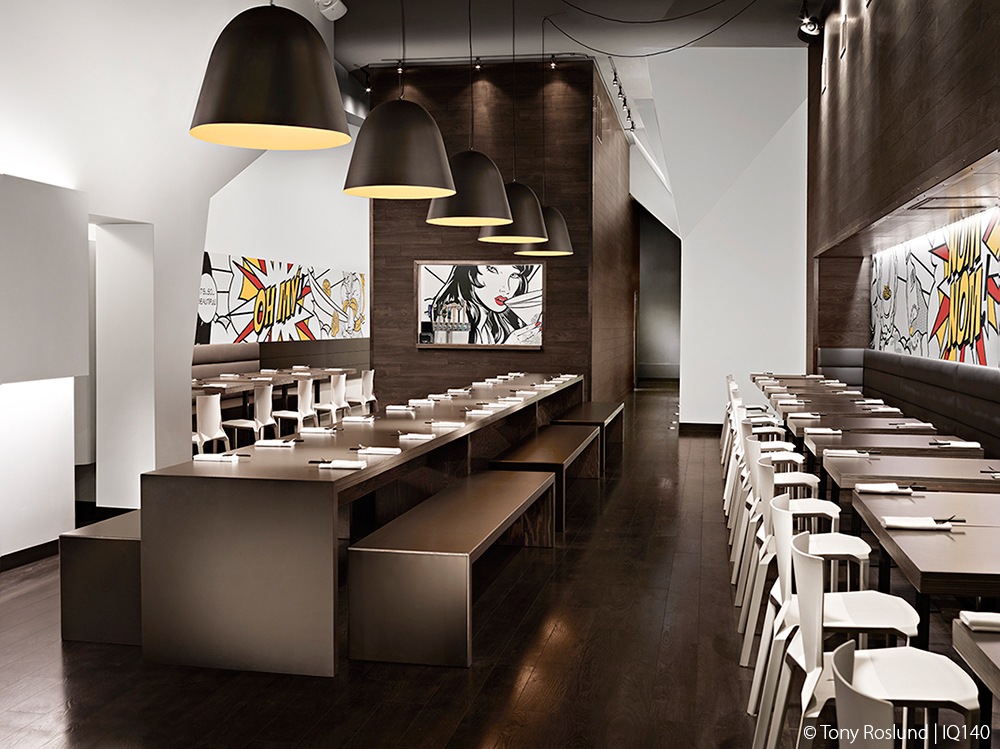
© Tony Roslund | IQ140
What’s currently in your bag? What are you shooting with, what are the go to essentials on your sets, or even for when you’re editing or lighting?
I’m a Phase One shooter, although I don’t use the Phase One body very often. I shoot all my architecture with the amazing Arca Swiss RM3Di technical camera. For product shots, I typically use the Cambo Ultima view camera with my Phase One digital back. As I mentioned earlier, I started with the IQ140, but upgraded to the IQ160 for the full-frame sensor and higher resolution. I think it works beautifully when paired with these technical cameras. I’ve still got a couple of DSLRs in the bag (5DMkII and 1DMkIII) as backup, but rarely use them. It’s hard to go back after the IQ160, I’m spoiled now. DSLRs just aren’t in the same league, I don’t care how many megapixels they cram onto a 35mm sensor, it’s still no-contest. Especially using the large format Schneider and Rodenstock lenses. I still get excited when I shoot something that has a ton of texture and zoom in to 100%. It’s mind blowing. I use the gear as a selling point with clients. There’s a lot of shooters in the marketplace these days, but not nearly as many with the gear I’m using. I flat-out tell clients that I’m shooting with 60MP Medium Format cameras that are unparalleled in detail and resolution, resulting in unparalleled imagery. So far it’s working.
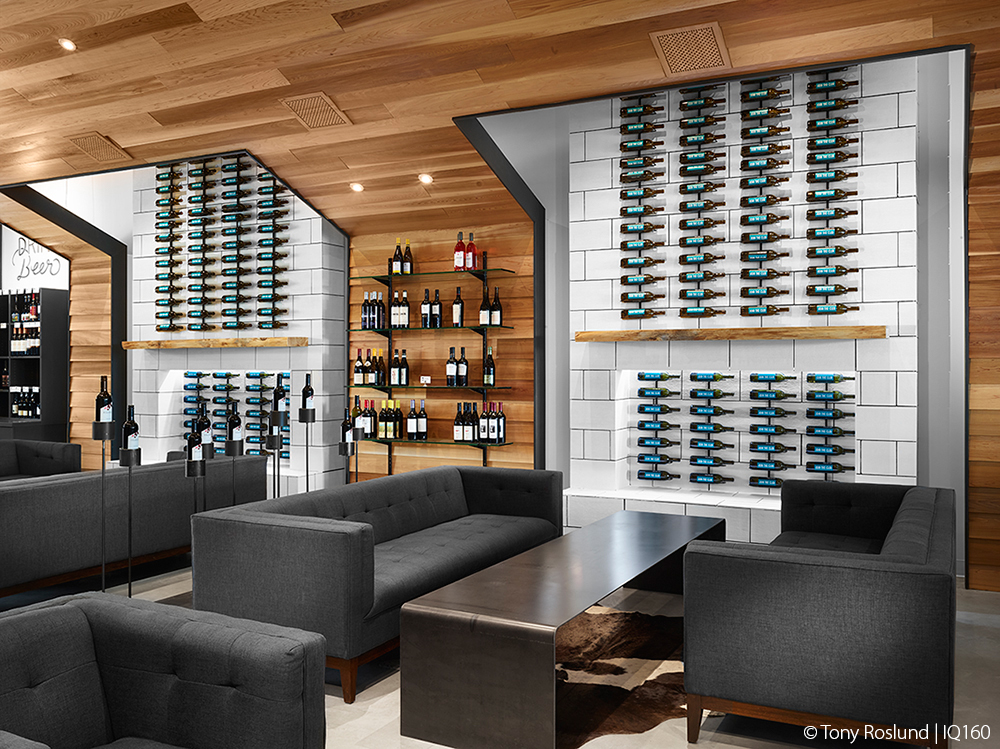
© Tony Roslund | IQ160
Moving from Los Angeles to Washington is quite a change; how do the markets differ? Do you find yourself ever at a disadvantage not being in a larger market?
It’s an adjustment for sure. The budgets here are much smaller, but the clients are also more loyal. They tend to stick with a photographer for a longer period of time. Many of them are a little taken back when I tell them I’m probably not the right guy for their ad campaign if it isn’t about product, food, or architecture. They’re used to photographers who shoot everything. I refer clients who fall into this category to other photographers whom I trust, and that referral is reciprocated. Having said that, we are starting to reach the top of the food chain here in Spokane, so we’ve started stretching into the Seattle market. I’ve just hired a full-time marketing/brand manager to help me get a foothold there (and nationally), while we search for studio space there as well. All while currently undergoing renovations at our new 4000sf Spokane studio. We’ll be the only Spokane studio with a fully equipped (1000sf) kitchen, ready for food photography! I’m pretty excited about all of this.
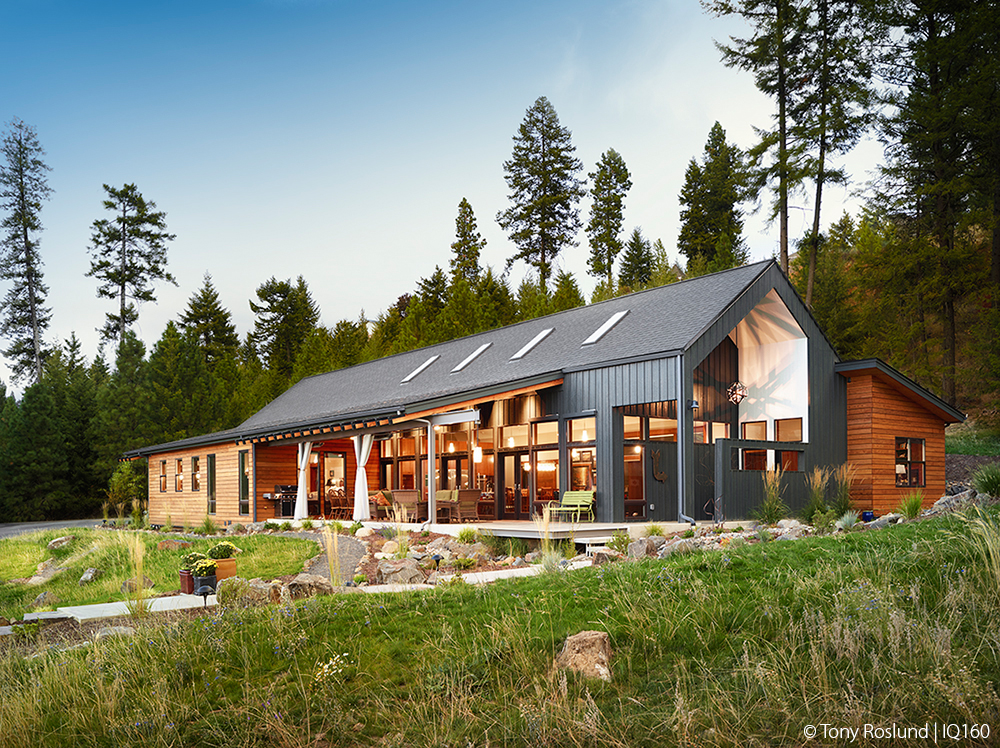
© Tony Roslund | IQ160
On a different note, I’ve read that you’re a vegan. Has that ever affected how you bid or shoot food photography? It’s an interesting lifestyle that has a lot of effects, but I’m wondering how you work your beliefs around your bids. It takes a lot of conviction and confidence to stay true to that belief in your own life, more respect to you!
My vegan diet is often the ice breaker when I meet with food photography clients for the first time. They appreciate the irony of hiring a vegan to shoot the menu at a steak house. Even though I don’t eat it, I can still make a burger look pretty appetizing!
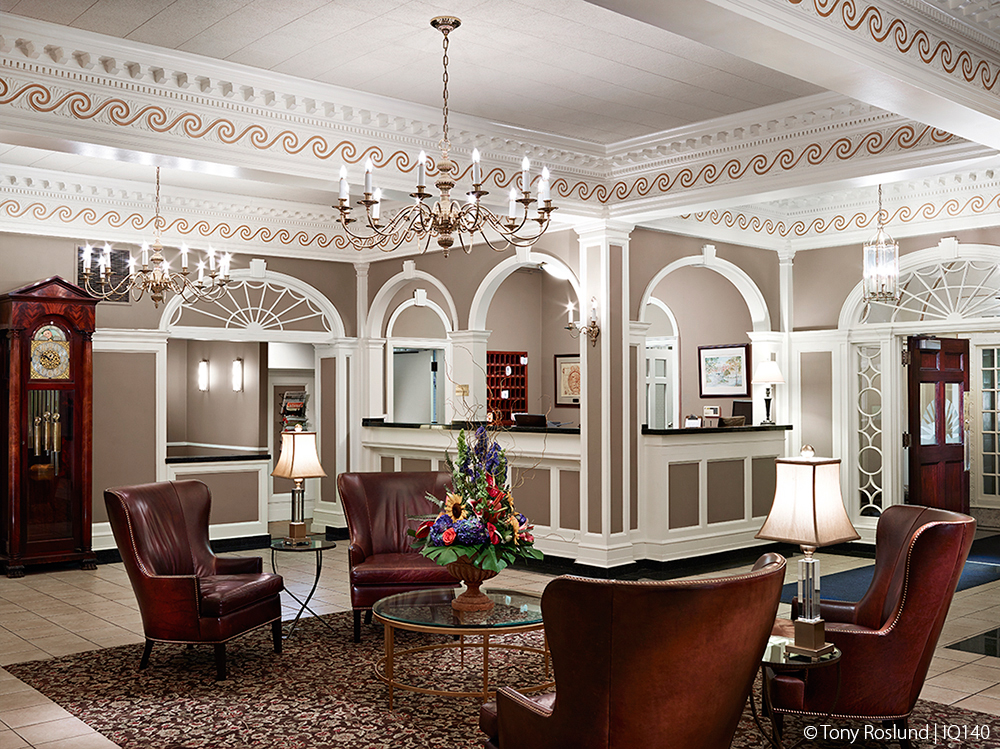
© Tony Roslund | IQ140
What would you want to see next in the industry? Any big changes to your gear or photography that you want to see in the next year?
I’d like to see a sponsorship deal from Capture Integration/Phase One with consistent loaner cameras! Kidding [sort-of]. Seriously, I’d like to see the megapixel race in DSLR slow down. I think Nikon did it right with the D800. I had a couple for about a year that were my work horses before I moved to medium format. I like DSLRs that do one thing really well, take still pics. I hate paying for video features on a camera that I’m never going to use for video. Since I’m not shooting DSLRs much, it’s really more of a gripe than an actual issue for me, and medium format cameras fortunately don’t do video (yet). I’d like to move to an IQ2 or IQ3 series digital back. Sometimes I do 15, 30, 45 second exposures when shooting architecture at twilight/night. Unfortunately the IQ160 is a 60 second camera rather than a 60 minute one. This introduces more noise in these low light, long exposure situations than I’d like, but it’s certainly VERY usable. I’d also like to see a full-frame CMOS medium format DB. The live-view is much better on these CMOS sensors, and it would be helpful with the technical cameras, rather than dealing with sliding backs.
Over the next year, we’re really focusing on targeting larger brands, so I’m hoping to be shooting larger campaigns, more multi-day shoots, more traveling. We’re also going to be seeking more video work and hopefully refining our style there. We’ll throw in a workshop or two, who knows what other opportunities will present themselves?
You can see more of Tony’s work below:
Website: http://www.tonyroslund.com/
Instagram: http://instagram.com/tonyroslund
Facebook: http://www.facebook.com/tonyroslund
Behance: http://behance.com/tonyroslund
Youtube: http://www.youtube.com/tonyroslund